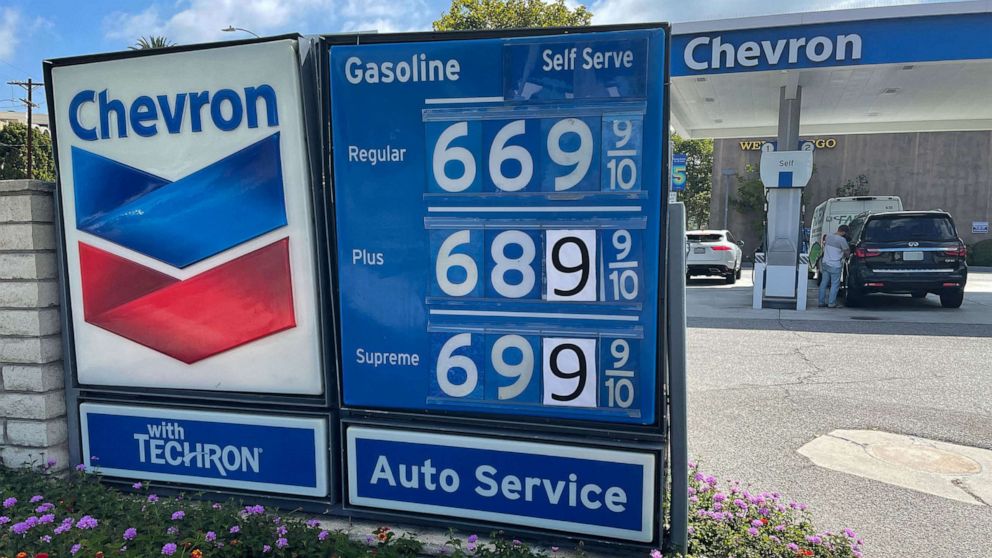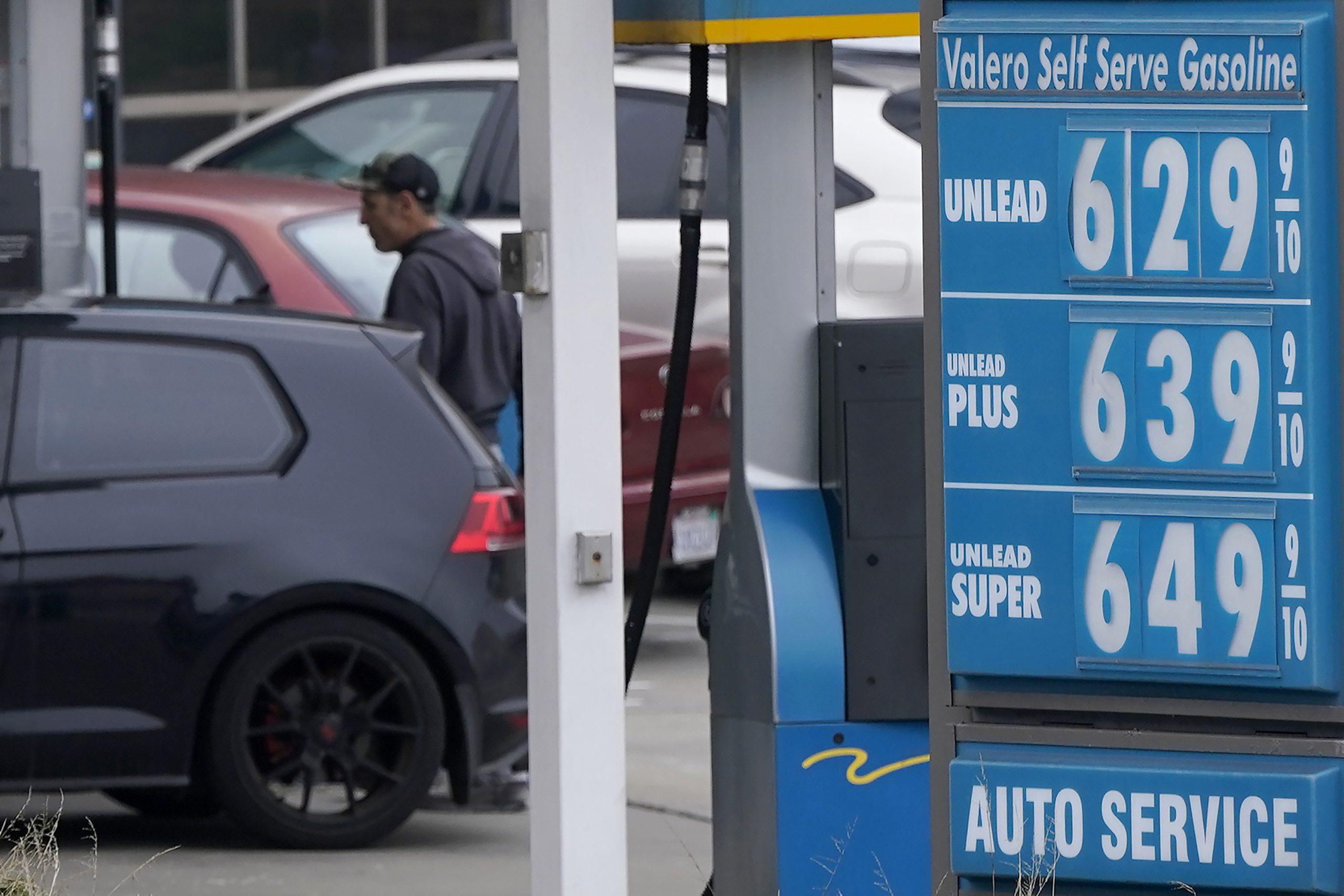The national average gas price has surged to $3.57 per gallon, marking a significant increase from the $3.10 recorded at the beginning of the year. This rise, attributed to seasonal demand and higher crude oil prices, represents a 20-cent increase from the previous month and a 7.2-cent rise compared to the same period last year.
Patrick De Haan, GasBuddy’s head of petroleum analysis, highlighted that the current average price of gasoline hasn’t been this high since October 14. This upward trend in prices follows a week where prices remained relatively stable after four consecutive weeks of increases.
Analysts caution that while the nation may be approaching a short-term peak in gas prices, regions like the Mid-Atlantic and Northeast are yet to complete the transition to summer gasoline, potentially resulting in further price hikes in the coming weeks.

Analysts Warn of Potential Gas Price Hikes as Summer Approaches (Credits: ABC News)
Factors contributing to the recent surge in gas prices include the surpassing of $85 per barrel for WTI Crude, indicating tightening global crude supply and increasing demand due to warmer weather and the Easter weekend.
The latest weekly report from the Energy Information Administration (EIA) revealed a significant draw in gasoline stocks, suggesting a surge in demand. Gasoline inventories decreased by 4.3 million barrels in the week ending March 29, with production averaging 10 million barrels per day (bpd), compared to the previous week’s inventory build of 1.3 million barrels.
There are concerns about the potential impact on oil prices if Russia fails to boost output. JPMorgan suggests that failure could lead to oil prices surpassing $100 per barrel, potentially prompting the Biden administration to tap into the Strategic Petroleum Reserve (SPR) to alleviate supply concerns.
However, the political implications of such a move remain uncertain, and speculation surrounds how the administration might justify such actions, with suggestions ranging from invoking a national emergency to engaging in further military conflicts.























